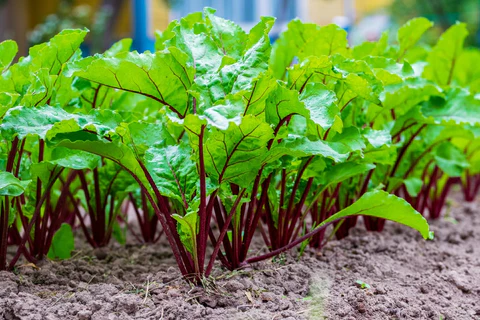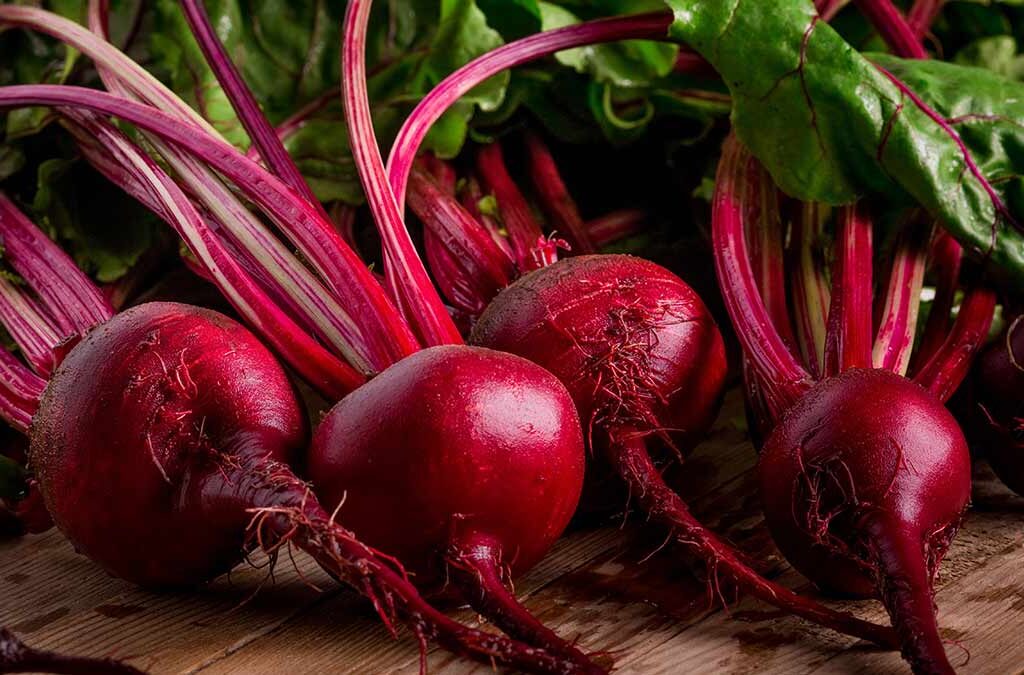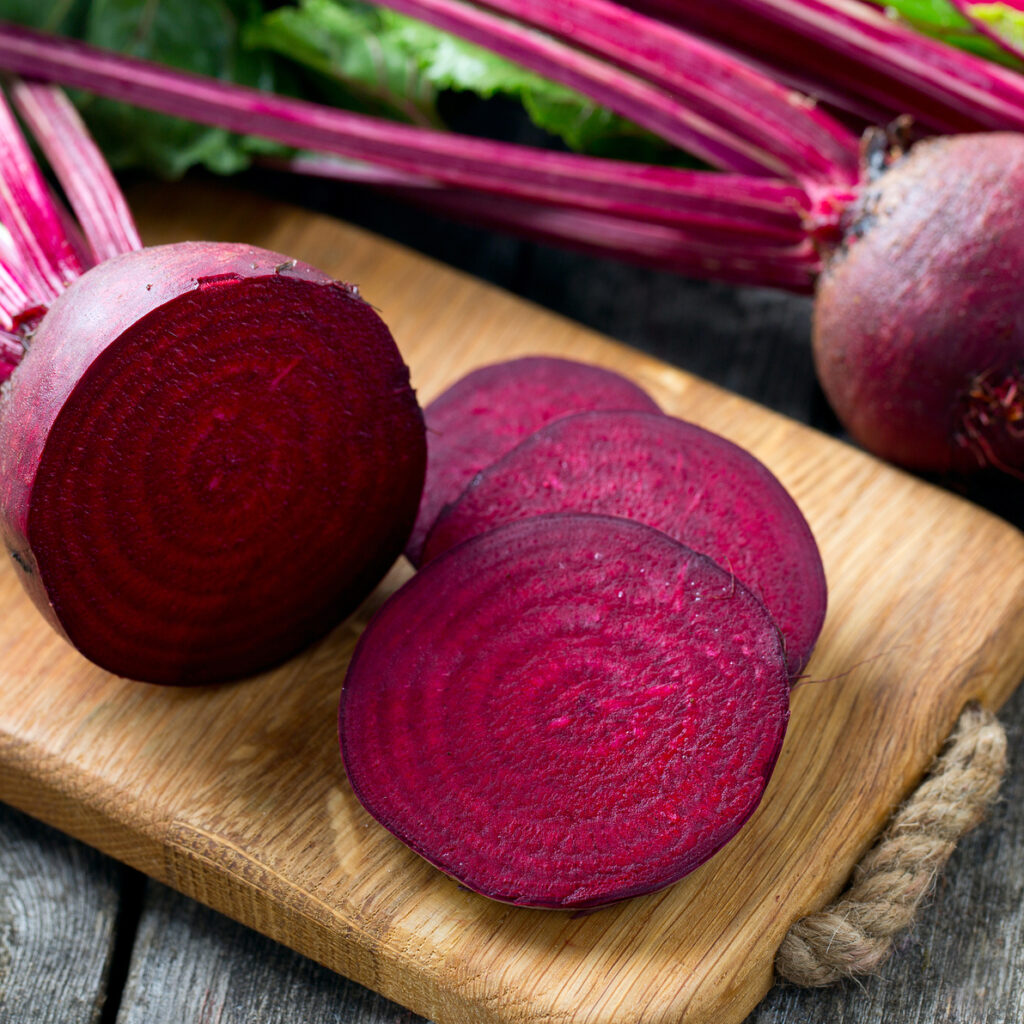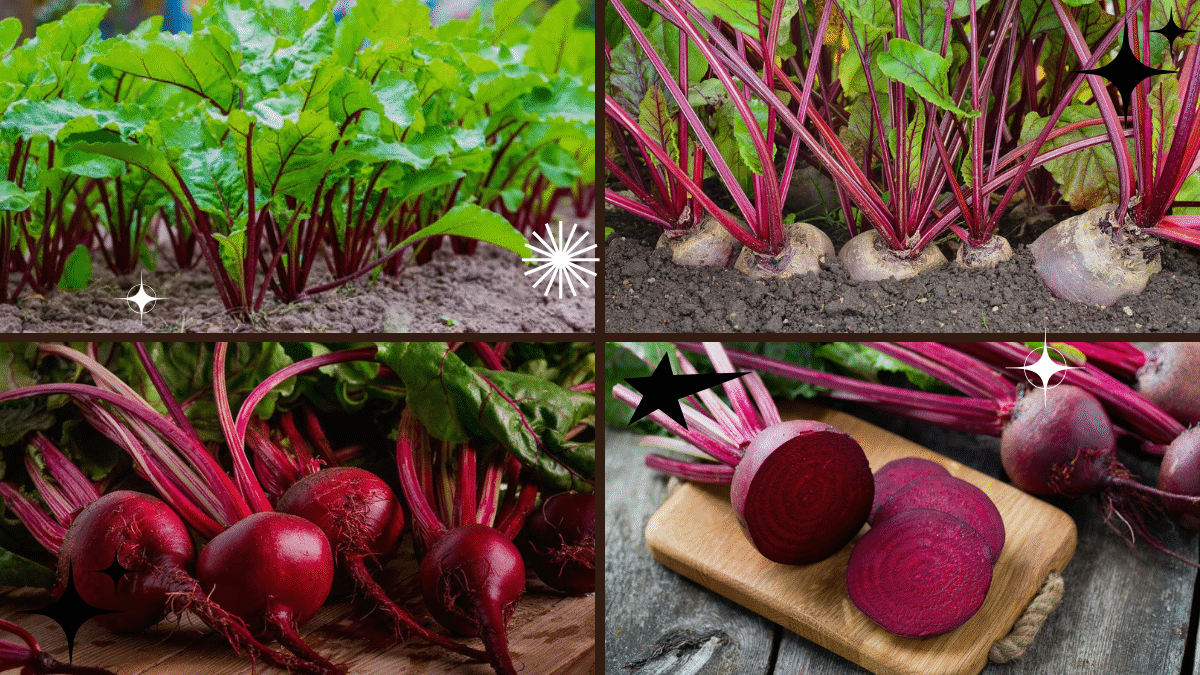When it comes to nutrient-packed, easy-to-grow vegetables, beets are a garden favorite. With their rich, earthy flavor, vibrant colors, and versatility in the kitchen, beets deserve a spot in every home garden. Whether you love them roasted, pickled, or fresh in salads, growing your own beets is simple and highly rewarding.
In this comprehensive guide, we’ll cover everything you need to know about planting beets — from choosing the right variety to harvesting those plump, juicy roots. Let’s dig in and root for a healthy harvest!

Why Grow Beets?
Beets aren’t just delicious; they’re also packed with health benefits:
- Rich in antioxidants
- High in fiber
- Excellent source of folate, iron, and potassium
- Support heart and liver health
Better still, you can enjoy both the roots and the leafy tops, making them a dual-purpose crop.

Popular Beet Varieties
Beets come in several colors and sizes. Here’s a quick look at some top picks:
| Variety | Color & Flavor | Best For |
|---|---|---|
| Detroit Dark Red | Deep red, sweet, classic | Roasting, pickling |
| Chioggia (Candy Stripe) | Pink and white rings, mild | Salads, grilling |
| Golden Beets | Bright yellow, less earthy | Roasting, fresh eating |
| Cylindra | Long, cylindrical shape, tender | Slicing, canning |
| Bull’s Blood | Deep red leaves and roots | Dual use — greens & roots |

Best Time and Location to Plant Beets
Beets are a cool-season crop that thrive in mild temperatures.
When to Plant:
- Spring: 2–4 weeks before your area’s last frost date.
- Fall: 6–8 weeks before your first expected frost.
Beets prefer temperatures between 50°F and 75°F (10°C–24°C) for optimal growth.
Where to Plant:
- Full sun (at least 6 hours daily)
- Loose, well-drained, loamy soil
- Soil pH between 6.0 and 7.5
Pro Tip:
Avoid recently manured beds — excess nitrogen produces lush leaves at the expense of the roots.

Preparing Your Garden Bed
Proper soil preparation is crucial for plump, even-shaped beets.
Steps:
- Clear debris, rocks, and weeds.
- Loosen the soil to a depth of 10–12 inches.
- Work in compost or aged organic matter.
- Rake the surface smooth.
Optional Tip:
A raised bed is an excellent choice for beets, providing ideal drainage and loose soil structure.
Supplies You’ll Need
- Beet seeds (your preferred variety)
- Garden tools (rake, hoe, trowel)
- Compost or organic fertilizer
- Watering can or hose with fine spray
- Mulch (optional)
How to Plant Beets: Step-by-Step
1️⃣ Soak the Seeds
Beet seeds are clusters containing several seeds. Soaking them in water for 12–24 hours before planting helps improve germination.
2️⃣ Sow the Seeds
- Create shallow furrows about ½ inch deep and 12–18 inches apart.
- Space seeds about 1 inch apart.
- Cover lightly with soil and firm gently.
3️⃣ Water Gently
Water the soil immediately after planting, keeping it evenly moist but not soggy.
4️⃣ Mulch (Optional)
Apply a thin layer of organic mulch to conserve moisture and suppress weeds.
Caring for Your Growing Beets
Watering
Consistent watering is key for even, tender roots.
- Aim for 1 inch of water per week.
- Avoid letting the soil dry out or become waterlogged.
Thinning
Since each beet “seed” is a cluster, multiple seedlings may sprout together.
- Thin seedlings to 3–4 inches apart when they reach 2–3 inches tall.
- Use snipped seedlings as baby greens in salads.
Fertilizing
Beets aren’t heavy feeders, but a mid-season boost can help.
- Apply a balanced fertilizer (5-5-5) when plants are about 4 inches tall.
- Avoid high-nitrogen fertilizers — they encourage leaf growth over root development.
Weeding
Keep the area around your beets free from weeds, which compete for moisture and nutrients.
Common Beet Growing Problems & Solutions
| Problem | Cause | Solution |
|---|---|---|
| Uneven Root Growth | Compacted or stony soil | Loosen soil, remove rocks |
| Leaf Spot Diseases | Fungal infections | Water at soil level, remove infected leaves |
| Aphids | Sap-sucking pests | Spray with insecticidal soap or neem oil |
| Bolting (early flowering) | Heat stress or overcrowding | Plant at the right season, thin seedlings |
When and How to Harvest Beets
Harvesting the Roots
Beets can be harvested at various stages:
- Baby Beets: At 1–2 inches in diameter (about 30–40 days after sowing)
- Mature Beets: At 2–3 inches in diameter (around 50–70 days)
Harvest Tip:
Loosen the soil with a garden fork and gently lift the beets by their stems.
Harvesting the Greens
Beet greens can be harvested as soon as they’re 4–6 inches tall. Pick a few leaves per plant at a time, leaving enough for continued growth.
Storing Your Beet Harvest
Storing Fresh Beets
- Cut off greens (leave 1 inch of stem).
- Store roots in a cool, humid place or in the refrigerator crisper for up to 2–3 months.
Storing Beet Greens
Use fresh or refrigerate in a plastic bag for up to 3–5 days.
Preserving Beets
Beets can be canned, pickled, or frozen after blanching for long-term storage.
Cooking and Enjoying Beets
Beets are incredibly versatile in the kitchen:
- Roast with olive oil and herbs.
- Pickle with vinegar, spices, and sugar.
- Grate raw into salads.
- Blend into smoothies for a nutritional boost.
- Sauté the greens with garlic and olive oil.
Fun Fact:
Golden and Chioggia beets don’t bleed like red varieties — perfect for colorful dishes without staining.
Final Thoughts
Growing beets is a satisfying and simple way to add color, flavor, and nutrition to your garden and plate. With minimal effort and a little patience, you’ll soon enjoy a bountiful harvest of tender roots and fresh greens.
Whether you’re a first-time gardener or a seasoned grower, beets are a must-have crop that rewards you in more ways than one. So grab some seeds, prepare your soil, and root for your healthiest harvest yet!





Leave A Comment